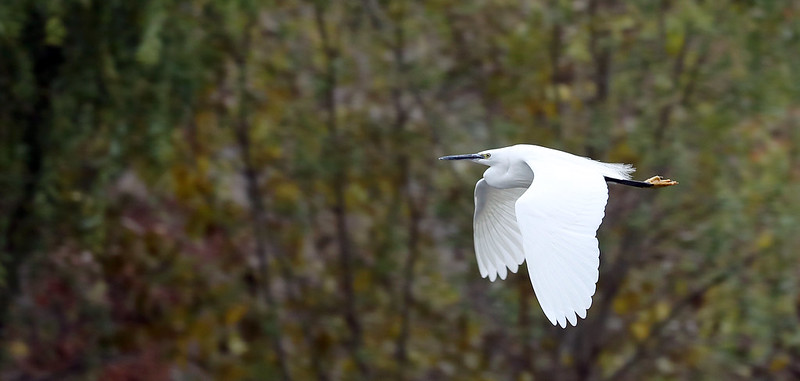As a mountainous country with natural parks in each corner, from the Kumgang mountains to Mt Myohyang, the Chilbo mountains to Mt Paektu, North Korea is a surprisingly good place for natural scenery. And as the northern half of the Korean peninsula, it of course offers great coastline on both its east and west side.
There are a lot of good places to look for the birds of North Korea, but one that stands out is the Mundok Migratory Bird Reserve. This reserve is in the wetlands on the west coast, located not far from Anju city, in Mundok county, South Pyongan Province, on the Chongchon river estuary.
This reserve is a key stopover on migratory routes for over 120 species of birds, numbering over 80,000, and including 22 endangered species which also stop here.
In 2017 the DPRK joined the East Asian-Australasian Flyway Partnership which protects migratory habitats along the routes of many species of birds. Mundok Migratory Bird Reserve has also been designated a Ramsar Site of international importance, the first of its kind in the DPRK.
What kinds of birds can be found there?
Hooded cranes can be spotted moving through the fields in quite large numbers, after having spent their summers near Lake Baikal in Russia. A variety of herons, egrets and spoonbills also spend time here, including the endangered black faced spoonbill.
There are myriad waders, including the red-necked stint, terek sandpiper, bar-tailed godwit and far eastern curlew, hunting shrimp and crabs or smaller creatures in the mud at low tide.
Mundok is also home to scoters, loons, grebes, gulls and terns, with cuckoos in the surrounding trees and marsh harriers and the amur falcon hunting in the reserve.
Can I visit Mundok? Can I go birdwatching in the DPRK?
Yes, it is entirely possible to go birdwatching in North Korea! Our group tours do not exactly cater for twitchers, and indeed in a group of 10 or more people moving relatively quickly they are not exactly conducive to birdwatchers.
However, on an independent tour of the DPRK we can organise the perfect itinerary for you, taking your time and setting up in various places with the telescope/binoculars to monitor the environment.
This includes a trip to the Mundok Migratory Bird Reserve which we can organise from Pyongyang. The best time of the year is spring or autumn when the birds are on their migrations.
Watch a video of the Mundok Migratory Bird Reserve produced by the DPRK Ministry of Land and Environment Protection






